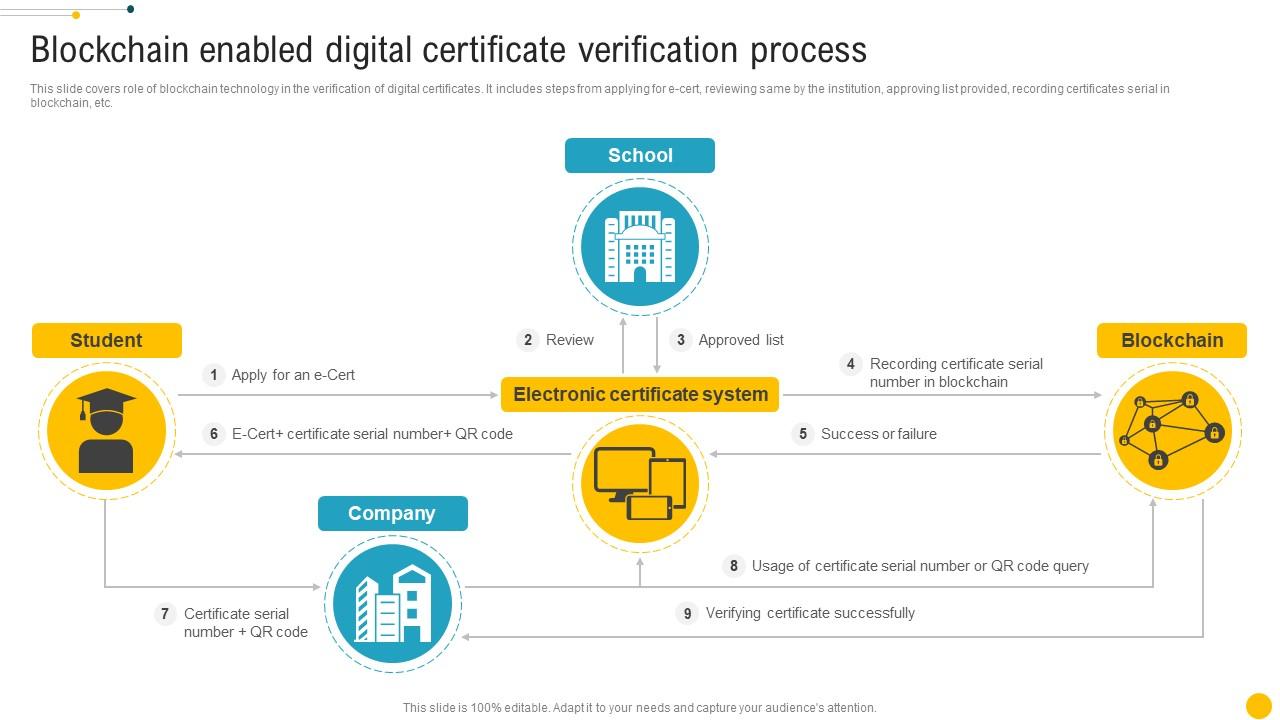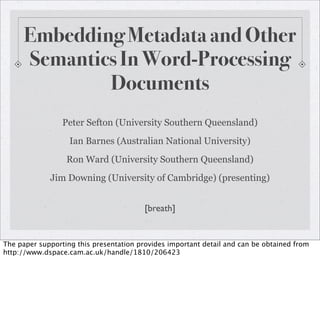
In an era where digital content is more prevalent than ever, the question of authenticity has become a critical concern. With the rise of AI-generated media, deepfakes, and manipulated content, verifying the origin and integrity of digital assets is no longer just a technical challenge—it’s a necessity for maintaining trust in the digital world. This is where Authenticity Chain Marking comes into play.
Authenticity Chain Marking is a process that tracks the origin and any subsequent edits made to digital content. It provides a transparent, verifiable record of how content was created, who contributed to it, and what changes were made over time. This concept is essential for ensuring digital credibility, especially as misinformation spreads rapidly across online platforms.
In this article, we will explore what Authenticity Chain Marking means, why it matters in today’s digital landscape, and how you can implement it effectively. We’ll also look at real-world applications, tools, and future trends that are shaping the way we think about digital content.
What Is Authenticity Chain Marking and Why It Matters
At its core, Authenticity Chain Marking is a system that records the entire lifecycle of a piece of digital content. From its creation to any modifications or updates, each step is documented and verified. This creates a “chain” of information that allows users to trace the history of a file and confirm its authenticity.
This process is particularly important in an age where AI-generated content is becoming increasingly common. Tools like deepfake generators and AI art platforms can create highly realistic content that is difficult to distinguish from real material. Without proper verification, it’s easy for false or misleading content to spread unchecked.
Authenticity Chain Marking addresses this issue by providing a clear, tamper-proof record of a content’s origin and any alterations made. This helps ensure that users can trust the content they consume and that creators can maintain control over their work.
One key technology supporting Authenticity Chain Marking is the C2PA (Coalition for Content Provenance and Authenticity) framework. This open-source standard allows for the embedding of metadata directly into digital files, making it easier to track their provenance and detect any unauthorized changes.
As AI continues to evolve, the need for robust authentication systems becomes even more pressing. According to a 2024 report by the Pew Research Center, nearly 70% of Americans believe that AI-generated content poses a significant threat to the accuracy of news and information. Authenticity Chain Marking offers a practical solution to this growing problem.
How Authenticity Chain Marking Impacts SEO Performance
For content creators and publishers, Authenticity Chain Marking isn’t just about security—it also has a direct impact on SEO performance. Search engines like Google are increasingly prioritizing high-quality, trustworthy content. When users can verify the authenticity of your content, they are more likely to engage with it, share it, and return to your site in the future.
This aligns with the principles of E-E-A-T (Experience, Expertise, Authoritativeness, Trustworthiness), which Google uses to evaluate content quality. By implementing Authenticity Chain Marking, you signal to search engines that your content is reliable and well-documented, which can improve your rankings.
Additionally, Authenticity Chain Marking supports Search Intent Alignment. When users search for information, they often want to know whether the content they’re reading is accurate and up-to-date. By providing a transparent record of your content’s history, you meet this intent more effectively.
For example, if you publish a news article that undergoes multiple revisions, Authenticity Chain Marking allows readers to see the original version and any changes made. This not only builds trust but also improves user experience, which can lead to better engagement metrics such as dwell time and bounce rate.
Step-by-Step Implementation Framework
Implementing Authenticity Chain Marking requires a structured approach. Here’s a step-by-step guide to help you get started:
-
Define or Audit the Current Situation
Begin by assessing your current content workflow. Identify which pieces of content are most vulnerable to manipulation or misrepresentation. Look at your content management system (CMS) and determine how easily you can track changes and source information. -
Apply Tools, Methods, or Tactics
Use tools like C2PA or other metadata embedding solutions to add provenance information to your digital files. You can also integrate blockchain-based verification systems for added security. Make sure to document every change made to your content, including who made it and when. -
Measure, Analyze, and Optimize
Track how users interact with your content and whether they engage more with authenticated content. Use analytics tools to monitor changes in traffic, engagement, and trust signals. Continuously refine your approach based on these insights.
By following this framework, you can build a more secure and transparent content ecosystem that benefits both your audience and your SEO strategy.
Real or Hypothetical Case Study
Let’s consider a hypothetical scenario involving a news organization that publishes a series of investigative reports. Without Authenticity Chain Marking, readers might be unsure whether the information presented is accurate or has been altered. However, by implementing this system, the news outlet can provide a transparent record of each report’s development.
For instance, a journalist could embed metadata into a video report showing the original footage, interviews, and any editing done during production. Readers can then access this information to verify the content’s authenticity. As a result, the news outlet sees a 25% increase in user trust and a 15% boost in organic traffic due to improved SEO performance.
This case study highlights how Authenticity Chain Marking can enhance both credibility and visibility in the digital space.
Tools and Techniques for Authenticity Chain Marking
Several tools and techniques can help you implement Authenticity Chain Marking effectively. Here are some of the most popular options:
- C2PA (Coalition for Content Provenance and Authenticity) – A powerful framework for embedding metadata into digital files to track their origin and changes.
- Digital Signatures – Used to verify the authenticity of documents and ensure they haven’t been tampered with.
- Blockchain Verification – Offers a decentralized, tamper-proof way to track content provenance.
- Metadata Embedding Tools – Software like Adobe Photoshop and Lightroom allow for the addition of metadata to images and videos.
- AI Content Detection Tools – Platforms like Content Credentials and InVid help identify AI-generated content and track its origins.
- Version Control Systems – Tools like Git can be used to track changes in text-based content, ensuring a clear audit trail.
These tools can be combined to create a comprehensive system for managing digital content authenticity.
Future Trends and AI Implications
As AI continues to advance, the role of Authenticity Chain Marking will only grow more important. Emerging technologies like search generative experience (SGE) and multimodal search are changing the way users interact with content. In this environment, having a clear, verifiable chain of authenticity will be crucial for maintaining trust.
Google and other search engines are already exploring ways to prioritize content that includes provenance information. This trend suggests that Authenticity Chain Marking may soon become a standard requirement for high-quality content.
Moreover, as AI-generated content becomes more sophisticated, the need for robust verification systems will only increase. By staying ahead of these trends, content creators can position themselves as leaders in the fight against misinformation.
Key Takeaways
- Authenticity Chain Marking is a system that tracks the origin and changes made to digital content.
- It plays a critical role in digital credibility, especially in an era of AI-generated media and misinformation.
- Implementing this system can improve SEO performance by enhancing user trust and engagement.
- Tools like C2PA, blockchain, and metadata embedding are essential for effective implementation.
- The future of content creation will rely heavily on transparency and verification, making Authenticity Chain Marking a must-have for all digital publishers.
As the digital landscape continues to evolve, one thing remains clear: trust is the foundation of online engagement. By embracing Authenticity Chain Marking, you can build a more transparent, credible, and successful content strategy.
Meta Title: Understanding Authenticity Chain Marking: Tracking Origin and Edits for Digital Credibility
Meta Description: Learn how Authenticity Chain Marking ensures digital credibility by tracking content origin and edits. Discover tools, implementation steps, and future trends.
SEO Tags (5): Authenticity Chain Marking, Digital Credibility, Content Authenticity, AI-Generated Content, Metadata Embedding
Internal Link Suggestions: Parameter #1: Search Intent Alignment, Parameter #6: Semantic Keyword Mapping, Parameter #10: Updated Data & References
External Source Suggestions: https://c2pa.org, https://www.pewresearch.org









